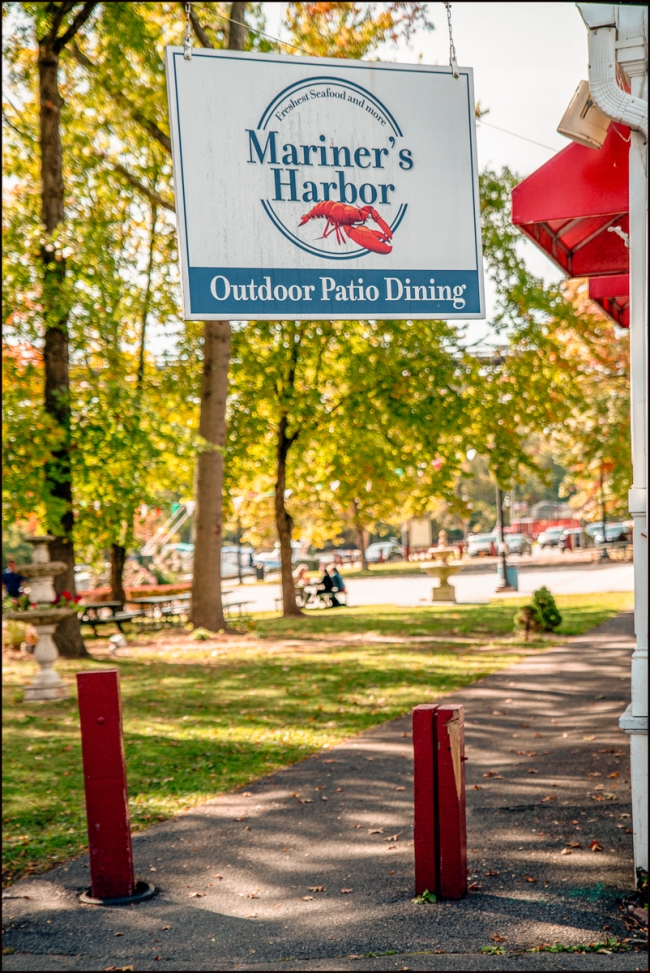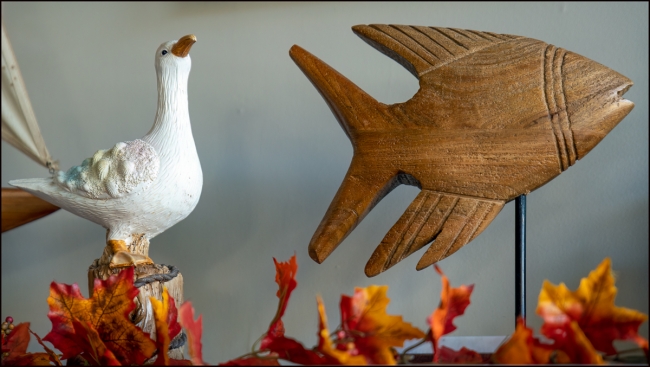“If you’re a true-born Kingstonian, you probably remember the days when our Mariner’s Harbor building was home to the Daily Freeman.
Back in the day, lower Broadway was the hub of our great city. Rondout Savings Bank was nearby. So was B & F Market, the post office, the Orpheum Theater, the shoe-shine shop, the five-and-dime store and Rookie’s Tavern on the Strand.
Those were the days when newspaper people were portrayed in the movies as heroes—the Cary Grants and the Clark Gables of a bygone era.
The Freeman occupied our historic building that dates back even further to 1851 when Jewish businessman Israel Sampson built it as the Sampson Opera House. A couple of fires—one in 1874 and another in 1885—destroyed much of the buildings original features. Some, like the cast-iron pillars at the ground level of our three-storied building remain in tact. It became the official home to the Daily Freeman in 1911, some 20 years after Jay Klock bought it in 1891.
Today when you visit our restaurant, you’ll come in through a corner door. Above it hangs a sculpted swordfish. Back in the day, the double doors leading into the Freeman were on the lower Broadway side.
Edward Palladino, a former city editor at the Freeman and 31 year veteran of the paper, shared with us, “All three stories of the building were used at the newspaper.” The editorial department occupied the second floor. It was the place where Palladino and the other news people settled down each morning to hunt the day’s stories. Back then, the Freeman was an afternoon paper. The presses would start their run at around 2 pm, and former Freeman staffer Bob Haines recalls what it was like. “Once the presses got going, the whole building would shake,” says Haines who worked as a Freeman photographer from 1967 till 2007. “I would come in each morning to pick up my assignments for the day, and I’d drop my pictures by at night.” Haines said he often put his finished work in a dumb waiter that would carry items up to the editorial floor. “We used to throw in all kinds of stuff like half-eaten baloney sandwiches, and once, someone put a cat in there. It was a real fun place to work,” Haines shared.
“It was a great atmosphere,” Palladino agreed. “The newspaper business to me is one of the most fascinating businesses in the world because everyday there’s something new.”
When Joan Saehloff was hired in 1950, the Freeman was still owned by the Klock family. After Saehloff put in her time as an “office girl,” she worked her way up to Society Page editor. “The downtown Freeman was just like what you’d see in the old movies. It was a busy place, and you could smell the paste pots and the ink,” says Saehloff, who at age 18 was in charge of the newspaper delivery boys. “You could see the big printing presses through the window.” Now those windows overlook the Rondout Creek.” (Mariners Harbor Website).
“Only the old-timers like us would remember. Overtime I go there, there’s a lot of nostalgia,” said Palladino.
We’re proud of our history here in Kingston!
Taken with a Sony A7IV and Rokinon/Samyang AF 24-70 f2.8 FE










